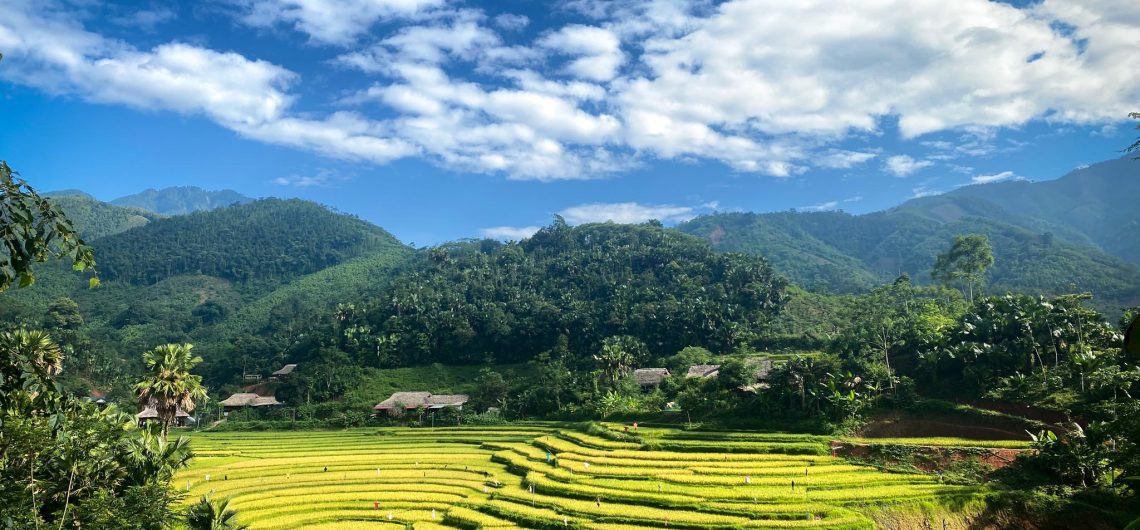What should I know before traveling to Vietnam in 2025? Learn about visas, safety, food, transportation, and cultural etiquette in this complete guide.
Vietnam has become one of the most sought-after destinations in Asia, blending breathtaking natural landscapes, rich cultural traditions, and mouthwatering cuisine. Whether you’re planning to cruise through Ha Long Bay, explore the lantern-lit alleys of Hoi An, or dive into the buzzing energy of Ho Chi Minh City, preparing well is essential.
A common question first-time visitors ask is: What should I know before traveling to Vietnam? From visas and money matters to cultural etiquette and transportation, this complete guide will help you navigate your journey with confidence and enjoy every moment in this incredible country.
Entry Requirements: Visa and Passport Rules
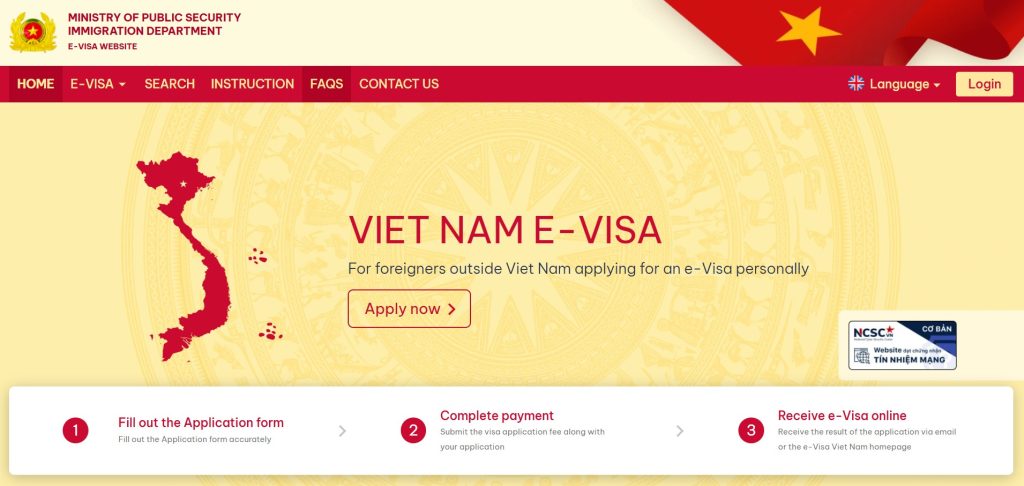
The very first thing you should know before traveling to Vietnam is that most foreign travelers, including Americans, need a visa. Since 2023, Vietnam has expanded its e-Visa system to allow stays of up to 90 days with either single or multiple entry.
How to Get a Vietnam e-Visa
- Apply online at the official immigration portal. (https://evisa.gov.vn/ )
- Fill in personal details, passport information, and your planned entry/exit points.
- Upload a scanned passport page and a passport-style photo.
- Pay the fee (USD $25 for single entry or USD $50 for multiple entries).
- Wait 3–5 working days for approval.
Your passport must be valid at least 6 months beyond your intended stay. Always print a copy of your e-Visa and keep it with you during your travels.
Pro tip: Double-check that the entry airport or border crossing listed on your e-Visa matches your travel itinerary—immigration officers are strict.
Vietnam Visa Exemption Policy Opens Doors to 24 Nations
In 2025, Vietnam has officially expanded its visa exemption policy to a total of 24 countries, creating favorable conditions for international travelers and strengthening its position as a top tourism destination in Asia. Under this program, citizens of Germany, France, Italy, Spain, the United Kingdom of Great Britain and Northern Ireland, Russia, Japan, South Korea, Denmark, Sweden, Norway, Finland, Belgium, Bulgaria, Croatia, Czech Republic, Hungary, Luxembourg, Netherlands, Poland, Romania, Slovakia, Slovenia, and Switzerland are granted visa-free entry for a stay of up to 45 days. This initiative not only simplifies travel procedures but also encourages longer visits, cultural exchanges, and greater economic contributions from inbound tourism. With its diverse landscapes, rich heritage, and open-door policies, Vietnam is well-positioned to welcome more global visitors and accelerate tourism growth in the coming years.
Best Time to Visit Vietnam
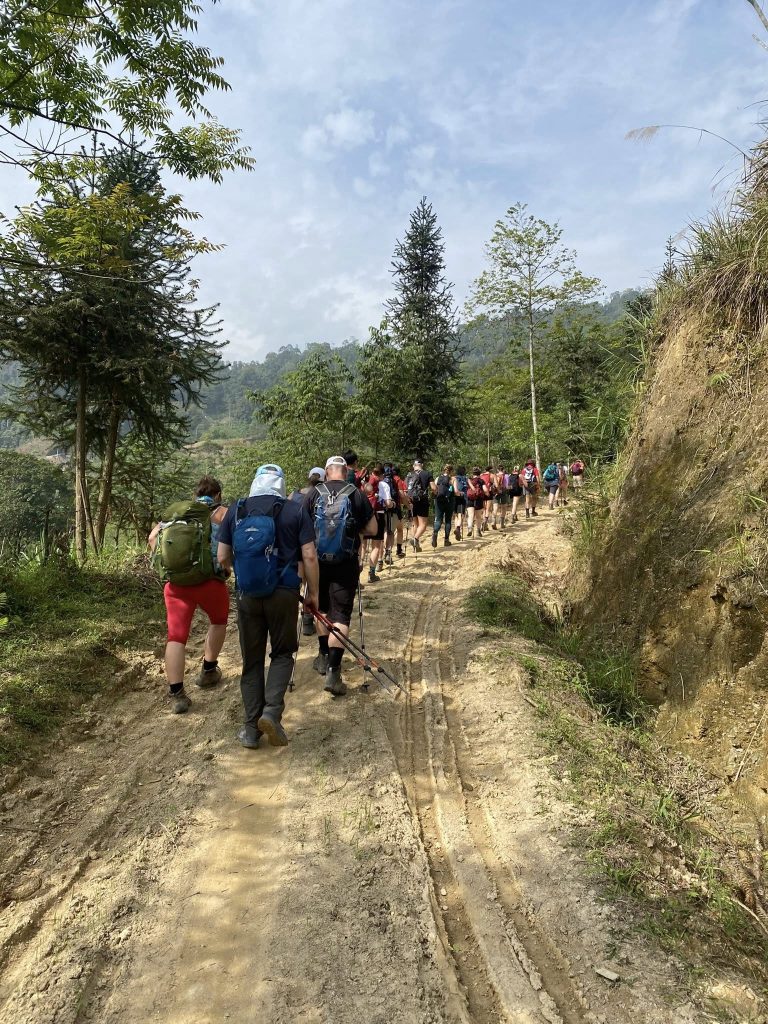
Vietnam’s climate varies greatly from north to south, so knowing the best time to visit depends on your route.
- Northern Vietnam (Hanoi, Ha Long Bay, Sapa): Best between October–April, when the weather is cool and dry. Winters can be chilly in the mountains.
- Central Vietnam (Hue, Da Nang, Hoi An): Best from February–August, with plenty of sunshine. Avoid typhoon season (September–November).
- Southern Vietnam (Ho Chi Minh City, Mekong Delta, Phu Quoc): Best between November–April, with warm, dry conditions. Rainy season runs May–October.
If you want to see the entire country, the shoulder months (March–April or October–November) offer comfortable weather across most regions.
Money Matters: Currency, ATMs, and Payments
The official currency is the Vietnamese Dong (VND). Banknotes come in large denominations, so it’s common to carry stacks of cash.
- Cash is king in Vietnam, especially in small shops, street food stalls, and rural areas.
- ATMs are widespread in cities but often limit withdrawals to around 2–3 million VND per transaction (USD $80–120).
- Credit cards are accepted in hotels, upscale restaurants, and some shops, but not everywhere.
- Bargaining is part of the culture at markets. Smile and negotiate politely—it’s expected.
Pro tip: Avoid carrying very large amounts of cash in crowded areas to reduce the risk of theft.
Health and Safety Tips
When asking, “What should I know before traveling to Vietnam?”—health and safety always come up.
Drinking Water & Food Safety
- Tap water is not safe to drink. Stick to bottled or filtered water.
- Street food is one of Vietnam’s highlights. It’s generally safe, but choose busy stalls with high turnover to ensure freshness.
- Bring along basic medication for stomach upsets, just in case.
Healthcare Access
- Major cities like Hanoi and Ho Chi Minh City have international-standard hospitals.
- In rural areas, medical care is limited.
- Carry comprehensive travel insurance covering medical treatment, evacuation, and trip cancellations.
General Safety
- Violent crime is rare, but petty theft like pickpocketing or bag snatching happens in crowded places.
- Scams are more common than crimes: inflated taxi fares, rigged meters, or low-quality tour services.
- Traffic is the biggest hazard. Crossing streets in Hanoi or Ho Chi Minh City takes confidence—walk slowly and predictably, and traffic will move around you.
Getting Around: Transportation in Vietnam
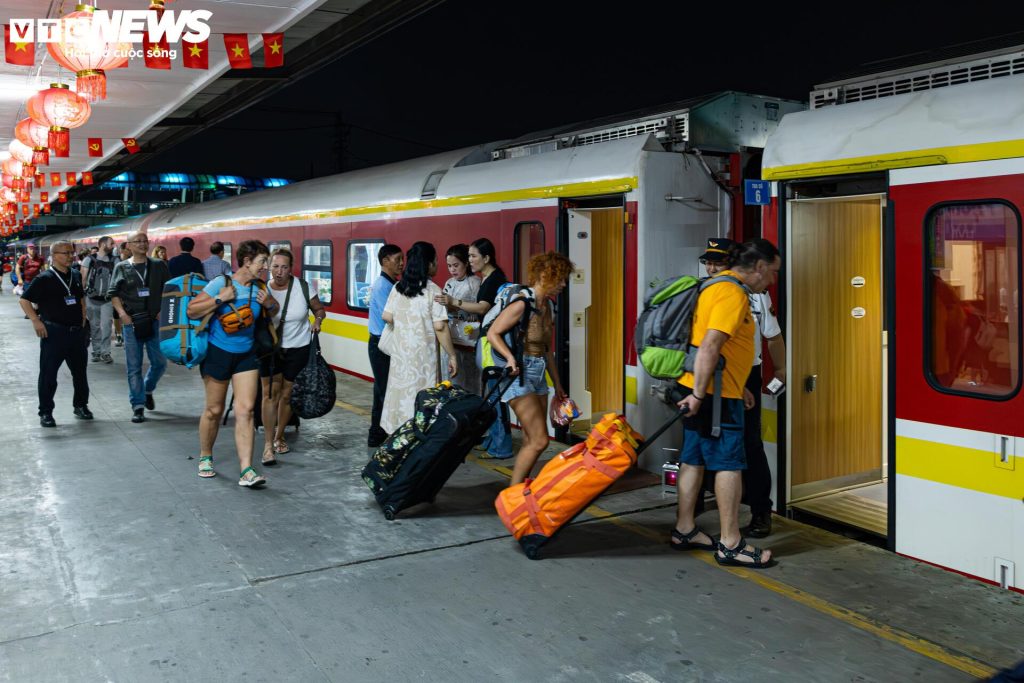
Transportation is another big part of what you should know before traveling to Vietnam.
- Taxis & Ride-Hailing Apps: Use Grab for safe, reliable rides. Avoid random taxis, or stick to reputable companies like Mai Linh and Vinasun.
- Motorbike Rentals: A popular way to explore, but dangerous if you’re inexperienced. Always wear a helmet and check the bike’s condition.
- Buses & Trains: Affordable and convenient for long distances. The Reunification Express train from Hanoi to Ho Chi Minh City is a scenic classic.
- Domestic Flights: Vietnam has good low-cost airlines (Vietnam Airlines, VietJet, Bamboo Airways). Perfect for covering long distances quickly.
Pro tip: Domestic flights are cheap and time-saving, especially for Hanoi–Da Nang or Ho Chi Minh–Phu Quoc routes.
>> Read the full guide on how to get around Vietnam!
Cultural Etiquette: Do’s and Don’ts
Respect for local culture goes a long way in Vietnam.
- Greetings: A smile is the best greeting. Handshakes are common in business, but not always socially.
- Temples & Pagodas: Dress modestly, cover shoulders and knees, and remove shoes before entering.
- Shoes Off Indoors: In homes and some homestays, remove shoes at the door.
- Tipping: Not mandatory, but appreciated—5–10% in restaurants, small tips for drivers and guides.
- Public Behavior: Avoid loud arguments or displays of anger; respect for harmony is deeply valued.
Connectivity: SIM Cards and Wi-Fi

Staying connected in Vietnam is easy.
- SIM Cards: Inexpensive and widely available at airports and convenience stores. Top providers include Viettel, Vinaphone, and Mobifone.
- Wi-Fi: Found in most hotels, cafes, and restaurants, with surprisingly good coverage even in smaller towns.
- Language Apps: Google Translate helps bridge the language gap in rural areas where English is less common.
Pro tip: A SIM card with data costs around USD $5–10 for a month and is worth every penny.
Packing Essentials
Packing smart can make your trip smoother.
- Clothing: Lightweight clothes for the heat, a jacket for cooler north winters, and modest outfits for temples.
- Shoes: Comfortable walking shoes and sandals.
- Essentials: Sunscreen, insect repellent, reusable water bottle, raincoat (for sudden showers), and a universal adapter (Vietnam uses 220V with plugs A, C, and D).
- Travel Insurance Documents: Keep a digital and printed copy.
Festivals and Public Holidays
Vietnam has vibrant festivals that can enrich your experience—but also affect travel plans.
- Tet (Vietnamese Lunar New Year): Usually in late January or February. Streets fill with decorations and family gatherings, but many businesses close for a week.
- Mid-Autumn Festival: Celebrated with lanterns, mooncakes, and family reunions in September or October.
- National Day (September 2): Expect parades, fireworks, and crowded tourist sites.
Pro tip: Traveling during Tet is memorable but plan transport and accommodation far in advance.
Must-See Attractions
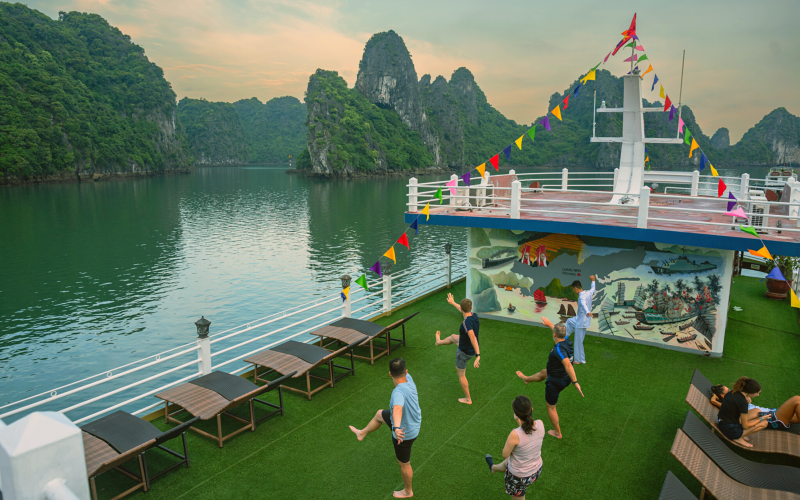 While this guide focuses on “What should I know before traveling to Vietnam?”, it’s worth mentioning the highlights not to miss:
While this guide focuses on “What should I know before traveling to Vietnam?”, it’s worth mentioning the highlights not to miss:
- Ha Long Bay: UNESCO World Heritage site famous for limestone karsts and emerald waters.
- Hanoi: Historic Old Quarter, street food, and colonial charm.
- Hoi An: Ancient town with lantern-lit streets and tailor shops.
- Hue: Imperial city with historic citadels and royal tombs.
- Ho Chi Minh City: Modern metropolis with French colonial landmarks and vibrant nightlife.
- Mekong Delta: Floating markets, riverside villages, and lush landscapes.
- Sapa: Mountain trekking among rice terraces and ethnic minority villages.
Final Answer: What Should I Know Before Traveling to Vietnam?
So, what should I know before traveling to Vietnam? In short:
- Secure your e-Visa in advance.
- Choose the right season for your itinerary.
- Carry cash, but use ATMs frequently.
- Drink bottled water and eat at busy food stalls.
- Stay cautious about traffic, scams, and petty theft.
- Respect cultural norms, especially in temples.
- Stay connected with a local SIM card.
- Pack light but bring essentials like sunscreen, insect repellent, and a travel adapter.
With these insights, you’ll be well-prepared to experience Vietnam’s warm hospitality, spectacular landscapes, and unforgettable cultural heritage.
Quick Travel Checklist
✔ Apply for a Vietnam e-Visa online.
✔ Pack modest clothes for temples and light outfits for the tropics.
✔ Download Grab and Google Translate apps.
✔ Carry travel insurance.
✔ Always keep a smile—it opens doors everywhere in Vietnam.
With a little preparation, Vietnam will reward you with some of the most memorable experiences in Southeast Asia. So pack smart, travel mindfully, and let Vietnam surprise you with its beauty, charm, and friendly spirit.

